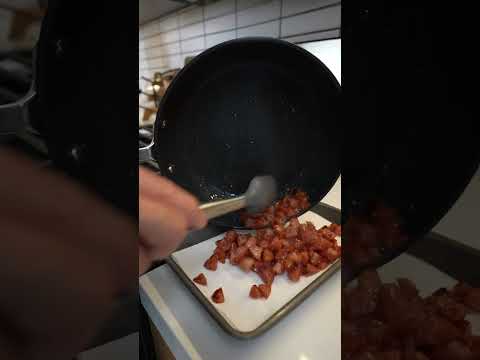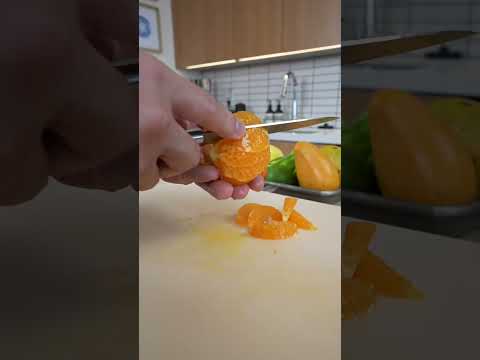In the universe of Japanese animation, food is never just fuel. It is a language, a vessel for emotion, and a critical element of world-building, rendered with a reverence that often borders on the divine. From the glistening, oversized rice balls (onigiri) of a fantasy epic to the meticulously detailed bento boxes of a high school drama, food in anime carries immense narrative weight. This is not merely an artistic quirk; it reflects a culture deeply invested in the craft and presentation of its cuisine. The animated meal becomes a direct conduit to a character’s soul, revealing their loneliness, their joy, their love, and their ambition. While countless series have mastered the art of the animated meal, a select few stand as monuments to this unique form of culinary storytelling, culminating in one series that made gastronomy its entire, glorious battlefield.
4. Hina, Hina!!! – Golden Kamuy
Every meal will make your mouth water! Plus there’s a sauna!
3. The Katsudon – Yuri!!! on Ice
Sometimes, a single dish can represent the entirety of a person’s being—their weakness, their strength, their past, and their future. In Yuri!!! on Ice, the katsudon (pork cutlet bowl) is the central, recurring symbol for protagonist Yuri Katsuki’s complex inner world. For Yuri, a world-class figure skater prone to anxiety, the katsudon is home. It is his mother’s cooking, his favorite food, and a source of deep comfort. It is also, in the high-stakes world of elite athletics, a forbidden temptation—a caloric indulgence that represents a lack of discipline.
The series brilliantly weaponizes this duality. When Yuri’s idol and new coach, Victor Nikiforov, asks him what his “eros” (erotic love, a theme for a new routine) is, the only thing Yuri can think of is his beloved pork cutlet bowl. The joke is profound: his most primal desire is tied to this comforting, “sinful” food. The katsudon becomes a running motif representing Yuri’s journey of self-acceptance. His ability to channel his love for this dish into a stunningly sensual performance on the ice is his breakthrough moment, a fusion of his perceived weakness with his artistic strength. The dish is animated with a loving, almost sensual detail—the deep golden-brown crisp of the panko breading, the fluffy egg and onions simmering in a sweet and savory broth, all ladled over a bed of pristine white rice. It is a meal that perfectly encapsulates the show’s central theme: that our vulnerabilities and our deepest passions are often one and the same.
2. The Ghibli Feast – The Collected Works of Studio Ghibli
To speak of food in anime is to speak of Studio Ghibli. No other studio has so consistently and masterfully used cuisine as a cornerstone of its storytelling philosophy. A Ghibli meal is a multi-sensory experience, animated with a weight and texture that feels more real than reality itself. The studio’s approach is a masterclass in turning the mundane into the magical, where the simple act of preparing and eating food becomes a profound expression of character and theme.
This is most evident in the contrast between gluttony and comfort. In Spirited Away, the initial feast that transforms Chihiro’s parents into pigs is a terrifying spectacle of supernatural excess, a warning against greed. Later, the simple onigiri Haku gives her, wet with her own tears, becomes a moment of raw, cathartic release that nourishes her spirit as much as her body. In Howl’s Moving Castle, the breakfast scene where Howl, Sophie, and Markl share thick-cut bacon and vibrant, sunny-side-up eggs is a bastion of domestic peace, the creation of a found family in a world torn by war.
This philosophy permeates their entire library. It’s the herring and pumpkin pot pie in Kiki’s Delivery Service, representing both a kind gesture and Kiki’s struggle with her waning powers. It’s the hearty winter stew from Princess Mononoke, a moment of shared humanity between Ashitaka and the monks. It’s the ramen in Ponyo, made from instant noodles but elevated to a feast through the addition of ham and a perfectly soft-boiled egg. Across all these films, Ghibli treats food with a reverence for process. The slicing of a radish, the stirring of a pot, the kneading of dough—these are grounding, humanizing acts. A Ghibli meal is never just a meal; it is a moment of grace, a symbol of community, and a quiet, powerful celebration of what it means to be alive.
1. Every Single Dish – Food Wars!: Shokugeki no Soma
If Ghibli’s food is a quiet prayer, Food Wars! is a full-throated, heavy metal opera of gastronomic ecstasy. This series is the undisputed champion of animated cuisine because it does not just feature food; it is about food, wholly and obsessively. The premise—a high school where elite student chefs battle for supremacy in intense cooking competitions called “shokugeki”—provides the perfect framework for taking culinary depiction to its most logical and gloriously illogical extreme.
What sets Food Wars! apart is its rigorous foundation in real-world culinary science, provided by consultant chef Yuki Morisaki. Every dish, from a deceptively simple bowl of rice porridge to a complex deconstruction of a classic French dish, is meticulously researched and explained. The show luxuriates in the process, offering detailed, step-by-step masterclasses on everything from creating the perfect soufflé to the science of sous-vide. It is as educational as it is wildly entertaining.
The true genius, however, lies in its translation of taste into a visual medium. Food Wars! answers the impossible question of “What does this taste like?” with its signature “foodgasm” sequences. Upon tasting a sublime dish, characters are launched into psychedelic fantasies, their clothes dramatically exploding from their bodies as they are overwhelmed by waves of pure flavor. A bite of perfectly cooked beef might send a judge galloping through a verdant pasture, while a sip of transcendent broth could have them communing with angels. This absurd, over-the-top spectacle is a brilliant and effective artistic choice, capturing the subjective, mind-altering power of a perfect meal in a way no other show has ever dared.
The animation lavishes attention on every ingredient, every technique, every completed plate. The glistening fat on a piece of grilled fish, the delicate crumb of a freshly baked cake, the rich viscosity of a demi-glace—every element is rendered with a passion that borders on worship. For its unyielding devotion to culinary accuracy, its revolutionary and joyful depiction of flavor, and its deep-seated love for the entire world of food, Food Wars! is the undisputed pinnacle of animated gastronomy.


